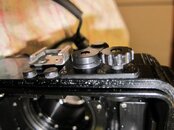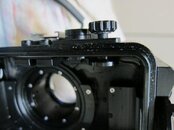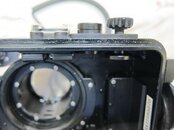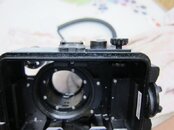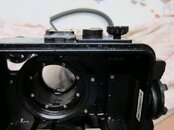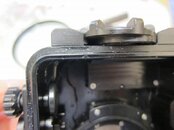flareside is right those are the material specs
In theory if the housing is not soaked properly and the anodization is poor as well as the galvanisation you could have a reaction
However this seems really a bit unlikely if proper care of the housing is taken
| Main Body - Corrosion-resistant aluminum alloy, Anodized Levers, Dials, Buttons - POM, PC Monitor - Hard Coat Acrylic Screws, Springs - Stainless Steel, Galvanized |
In theory if the housing is not soaked properly and the anodization is poor as well as the galvanisation you could have a reaction
However this seems really a bit unlikely if proper care of the housing is taken




